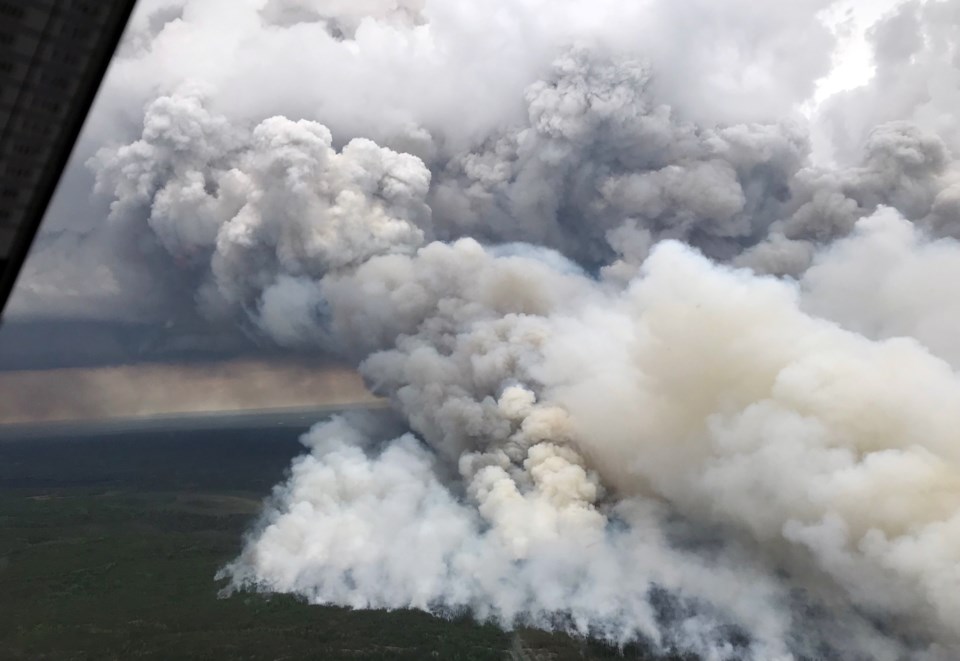THUNDER BAY - Several large forest fires burning close to populated areas and roadways across Northwestern Ontario made for a busy forest fire season for Ministry of Natural Resources and Forestry crews, but the situation was even worse in remote areas.
The 2018 fire season officially came to an end on Oct. 31 and according to the MNRF, the Northwest Region accounted for 213,695 hectares or 77 per cent of total hectares affected by wildfires in 2018. Of the 1,325 fires that burned province-wide, 839 were located in the Northwest region, easily outstripping the 10-year average for all fires across the province of 756.
Early in the season, several fires burned near remote First Nation communities, resulting in smoke hazards and evacuations of vulnerable people.
Kenora 71, which began on July 15, burned throughout most of the season and heavy smoke drifted to nearby Wabaseemoong Independent First Nation, resulting in a state of emergency being declared and between 70 and 80 vulnerable members of the community being evacuated.
A base camp was set up in Minaki and 25 sustained-attack crews battled the 10,272 hectare fire that was officially declared out on Sept. 27.
Fires near other remote communities, such as North Spirit Lake, Pikangikum, and Sachigo Lake were also a challenge for MNRF crews early in the season.
The largest fire, Nipigon 30, burned east of the community of Nibinamik and grew to a size of 32,850.5 hectares.
In Woodland Caribou Provincial Park, more than 40 fires burned and consumed more than 51,000 hectares of forest. The fires were kept under observation and largely left to burn, which allowed for regeneration of storm and insect-damaged areas in the park.
In order to tackle the busy fire season, out-of-province crews were brought in to ease the strain on local personnel. This year, Ontario received 799 forest fighters and 128 support staff from Saskatchewan, Mexico, Minnesota, Wisconsin, British Columbia, Alberta, the Northwest Territories, Quebec, Prince Edward Island, Newfoundland and Labrador, Nova Soctia, and New Brunswick.
Ontario also provided 101 support staff and 407 Fire Rangers to help battle fires in Manitoba, Saskatchewan, Alberta, and British Columbia.
The Thunder Bay district saw 73 fires in 2018 with a total of 8,548.7 hectares burned. The district with the most fires was Red Lake, which saw 208 fires and 104,328.2 hectares burned, followed by the Sioux Lookout District that had 167 fires and 34,150.2 hectares burn and the Kenora district that had 146 fires that burned 10,688 hectares.
